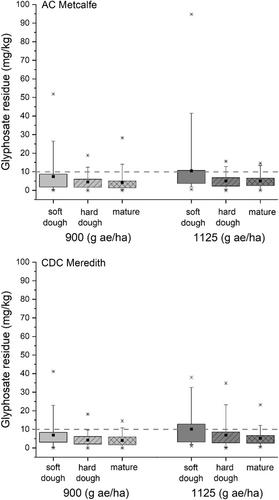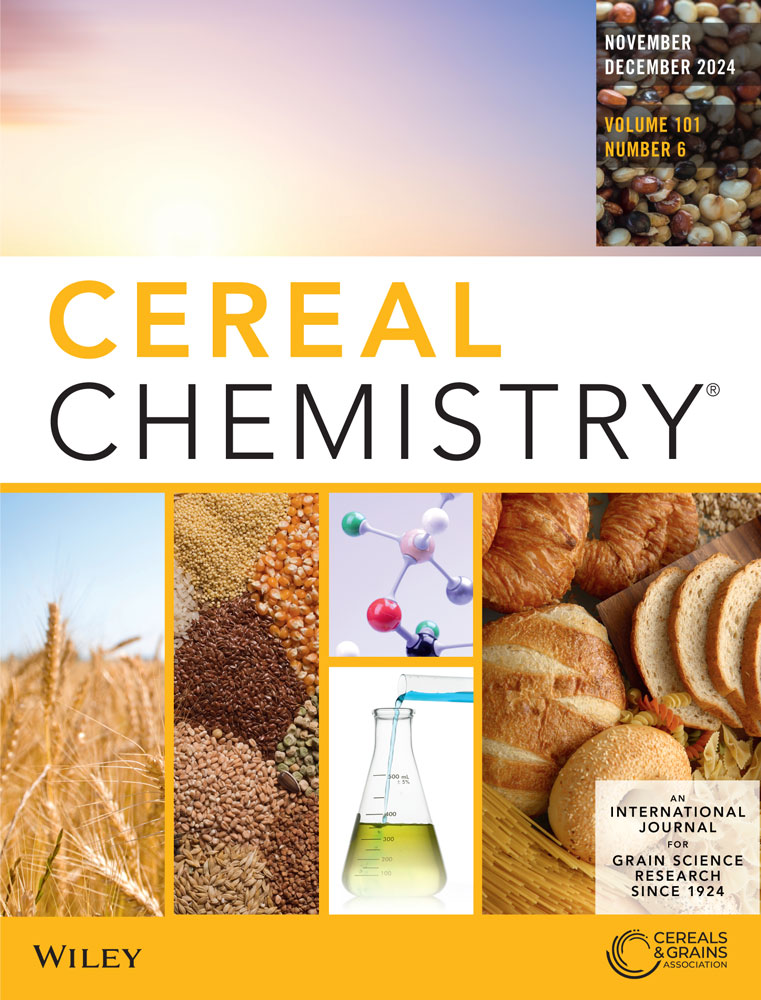Effects of different timing and rate of glyphosate application on the residue level, grain quality, and processing performance of two Canadian malting barley varieties
Abstract
Background and Objectives
A preharvest application of glyphosate on malting barley can assist in the management of perennial weed growth before harvest and serves as a harvest aid by drying down the crop. The main objective of this study was to assess the effects of preharvest glyphosate application at two glyphosate rates (900 or 1125 g ae/ha) and three application timings based on the maturity and seed moisture level (soft dough, hard dough, or mature).
Findings
The levels of glyphosate residue in barley grain were highly variable among locations and years ranging from 0 to 95 mg/kg. Glyphosate application at both rates at the soft dough stage significantly decreased the kernel weight of barley grain. Barley grain with up to 40 mg/kg of glyphosate residue exhibited adequate germination energy required for malting purposes; however, the residue negatively affected the growth of roots during the malting process. The levels of α-amylase in malt decreased with increasing levels of glyphosate residue in barley. Other malt and wort parameters were generally not affected by the glyphosate application on barley.
Conclusions
Too early application of glyphosate at the soft dough stage of barley grain development reduced the kernel weight and size, interfered with roots production, affected synthesis of α-amylase, and reduced the malt extract in several cases.
Significance and Novelty
Results indicated that in the majority of environments, when glyphosate was applied at the recommended stage and rate, neither the maximum residue limit was exceeded nor were the germination and malting quality of barley impaired. In real farming conditions, it might be hard to achieve similar results despite adherence to the recommended timing of glyphosate application because of the nonuniform level of crop maturity in the field and/or uncontrollable environmental effects.


 求助内容:
求助内容: 应助结果提醒方式:
应助结果提醒方式:


